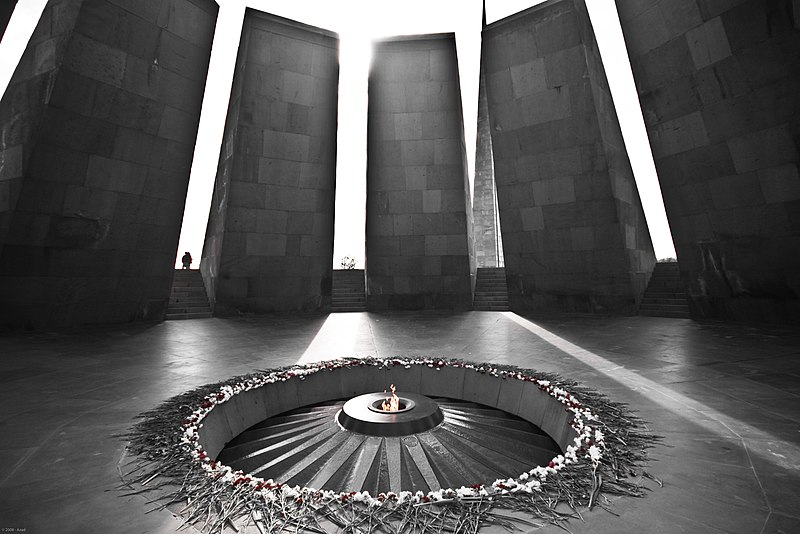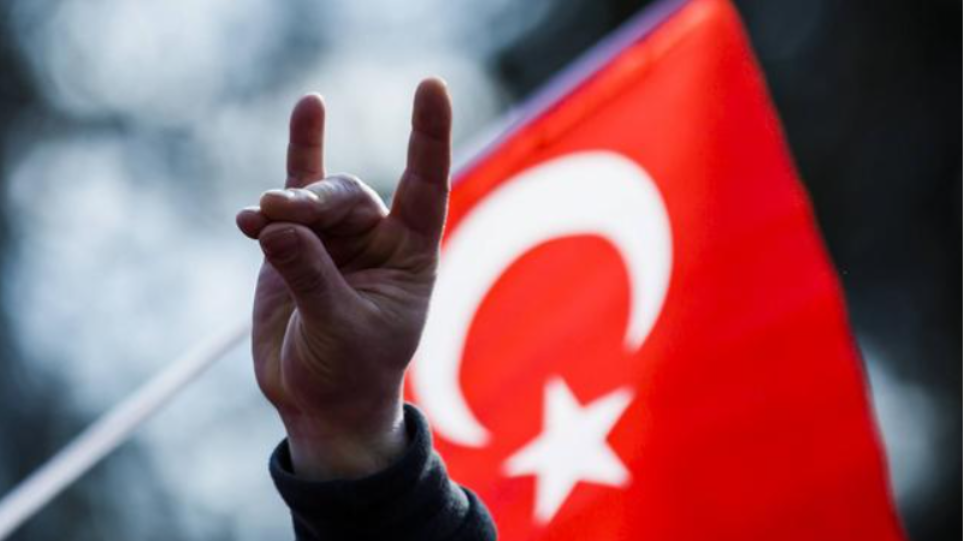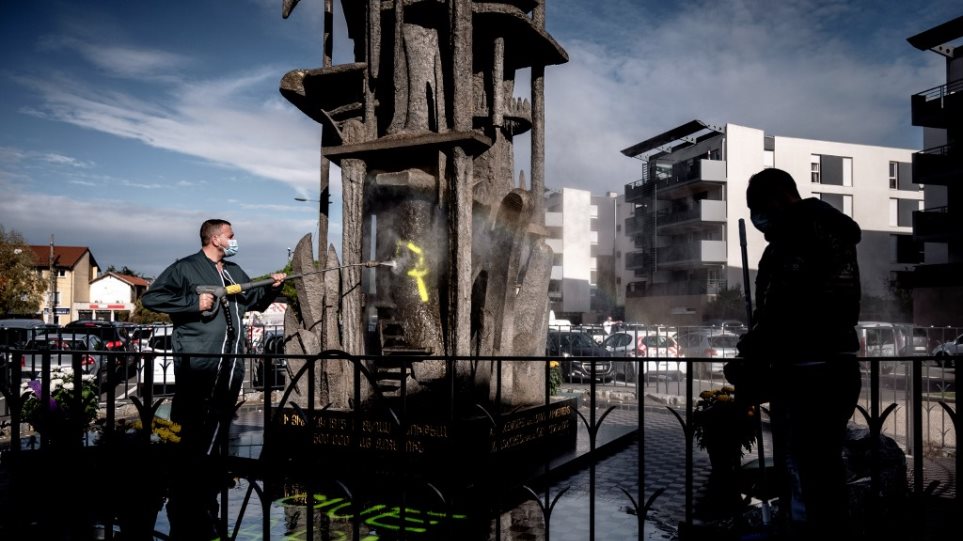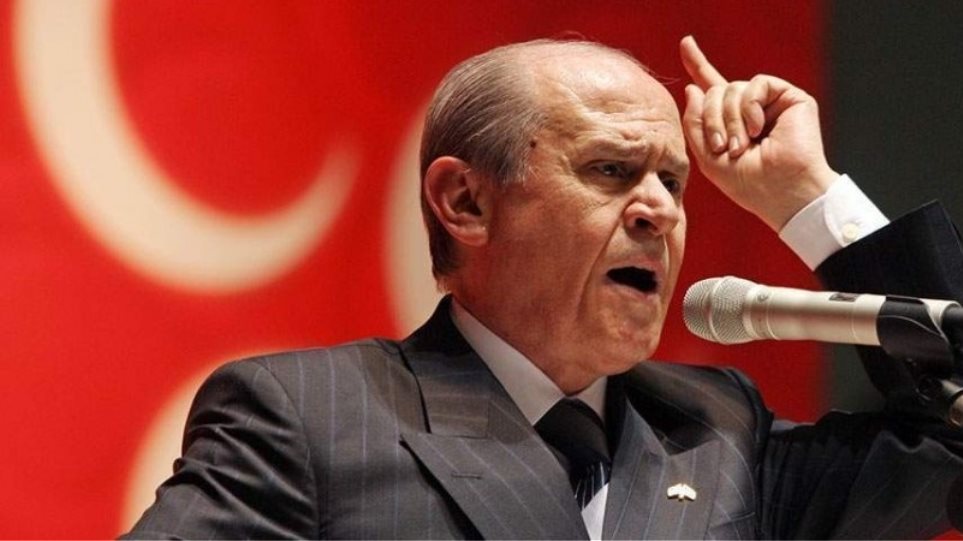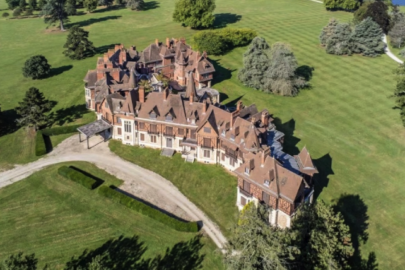On the morning of March 15, 1921, at approximately 10:45 a.m., Mehmet Talaat, the former Grand Vizier of the Ottoman Empire, leaves his home with the intention of purchasing gloves. He has been living in Berlin on 4 Hardenbergstrasse for more than two years, a city he has fled to following the defeat of Turkey in the First World War. Germany has granted him asylum as compensation for having been an ally during the World War.
Not long after, Talaat passes a young man, who looks at him calmly, staring at him as though recognizing an image that has been engraved in his memory. The young man turns around and fires a shot. Talaat is killed immediately and his body remains fallen in front of a house on 27 Hardenbergstrasse. The police arrive quickly after hearing the cries of witnesses. The young man tries to walk away, however the crowd that has gathered catches up to him and begins beating him.
The incident causes a great uproar.
Alabama Governor signs law banning biological males from competing in girl’s high school sports
The Channel 4 documentary about the Greek Spitfire’s restoration (videos)


